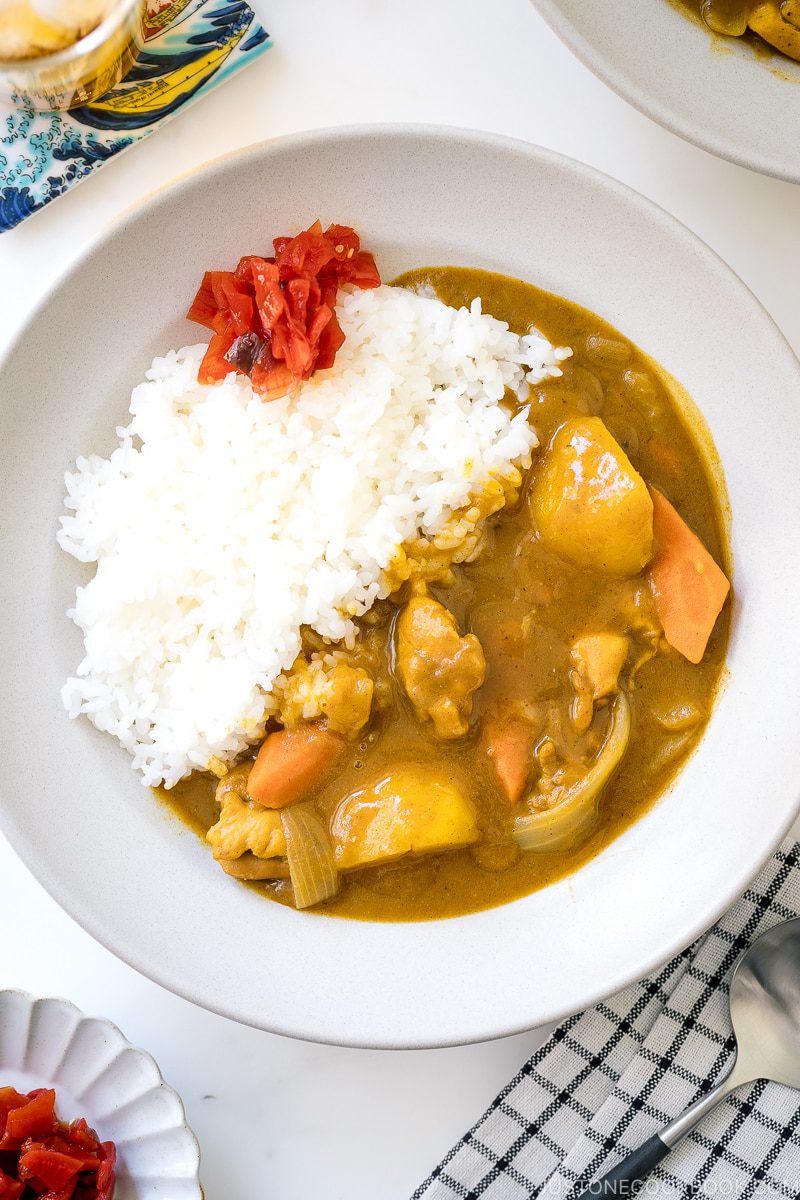This article compares and contrasts Indian curries and Japanese sushi. Indian curries consist of rich spice blends that create intense heat, while Japanese sushi is predominantly mild and focused on the natural taste of ingredients. Indian curries offer diverse ingredients and flavors, but have a high oil content and may be too spicy for some. Japanese sushi is low in fat, high in protein, and quick to prepare but may not be filling enough for big appetites and can be more expensive. Ultimately, the decision of which cuisine is better depends on personal taste, budget, and dietary requirements.
Spicy Indian Curries vs Mild Japanese Sushi: Which is Better?
Introduction
Foods are a significant aspect of cultures as they provide insight into the lifestyles, traditions, and values of different people. A cuisine is more than just the sum of its ingredients; it reflects the country’s history, geography, economy, and social structure. Indian and Japanese foods are two popular cuisines enjoyed globally. Indian cuisine is known for its rich spice blends that fill the air with tempting aromas, whereas Japanese food is predominantly mild and focused on the natural taste of ingredients. In this article, we will compare and contrast the two cuisines to discover which is better, spicy Indian curries or mild Japanese sushi?
Indian Curries
Indian curries have been around for centuries and were influenced by different cultures such as Persia, Arabia, and England. They are characterized by a blend of aromatic herbs and spices that make each dish unique. Some of these spices include turmeric, cumin, coriander, cayenne pepper, cinnamon, and cloves. The intense heat of Indian curries comes from the use of chili peppers, which have a hot and pungent flavor.
Pros of Indian Curries
- Rich flavors and aroma
- Healthy due to the use of herbs and spices
- Diversity in ingredients and methods of cooking
- Can be vegetarian or meat-based to cater to various dietary requirements
Cons of Indian Curries
- High oil content
- Can be too spicy for some taste buds
- May take longer to prepare due to the complex spice blends
Japanese Sushi
Sushi is a traditional Japanese dish that has gained worldwide popularity due to its unique flavor and visual appeal. It comprises vinegared rice, raw fish or seafood, and various vegetables such as cucumber and avocado. Soy sauce, wasabi, and pickled ginger are common accompaniments to sushi. Sushi is predominantly mild and focuses on the natural taste of ingredients used.
Pros of Japanese Sushi
- Healthy as it is low in fat and high in protein
- Quick and easy to prepare
- Freshness of ingredients
- Increases overall nutrient intake as it includes vegetables or seaweed wrap
Cons of Japanese Sushi
- Limited to sushi rolls or sashimi variations
- May not be filling enough for those with bigger appetites
- May be more expensive than other cuisines due to the quality of ingredients used
Which is Better?
The question of which is better, Indian curries or Japanese sushi, depends on individual preferences. If you love spicy and aromatic flavors, Indian curries are the way to go. They offer a wide range of flavors and can be customized to cater to individual tastes. On the other hand, sushi is perfect for those who love the natural taste of ingredients and prefer a quick and healthy meal. It is ideal for those who want to have a light meal or snack or are concerned about their health. Ultimately, the decision boils down to what suits your taste, budget, and dietary requirements.
Conclusion
Both Indian and Japanese cuisines are unique and delicious in their way. Indian curries offer a wide range of spicy flavors, while Japanese sushi focuses on the natural taste of ingredients. Whether you prefer heat and spices or mild and fresh flavors, both cuisines have something to offer. The best cuisine is one that suits your preference and dietary requirements. Try both cuisines and find out which one you like better.
